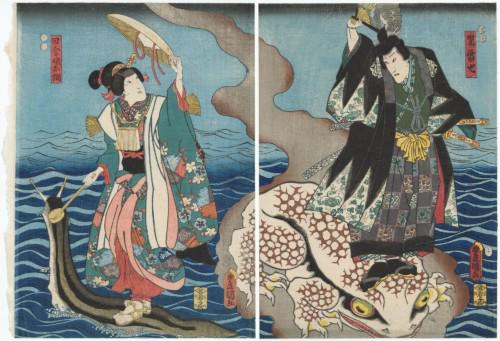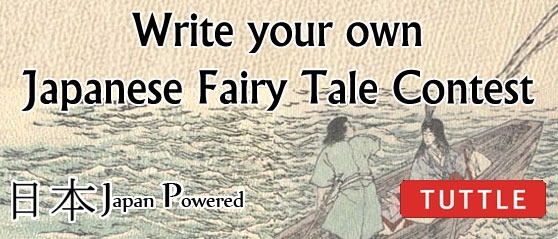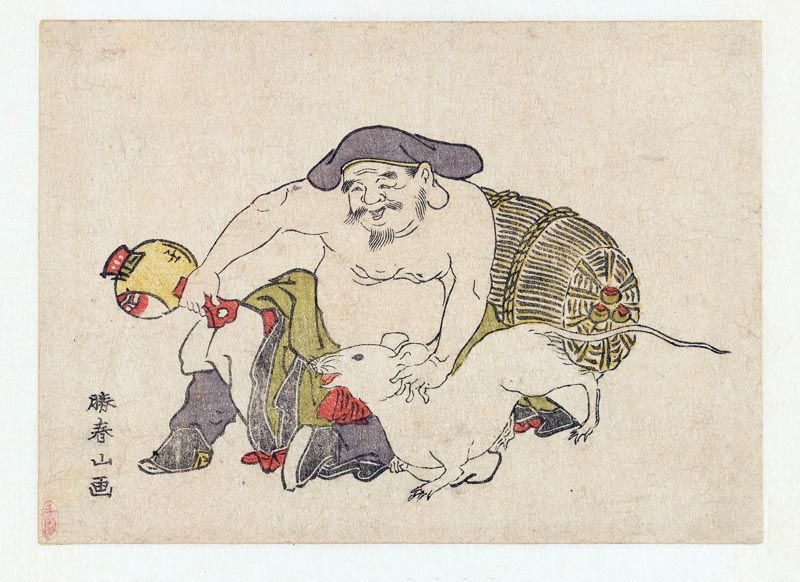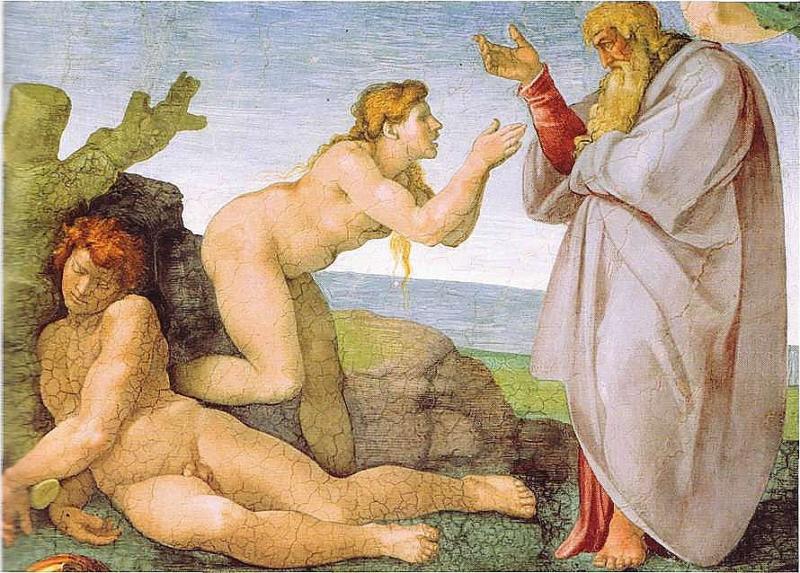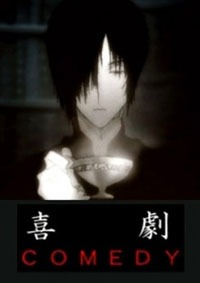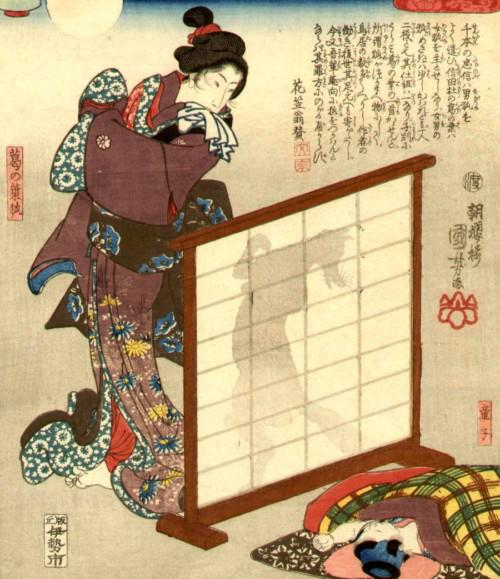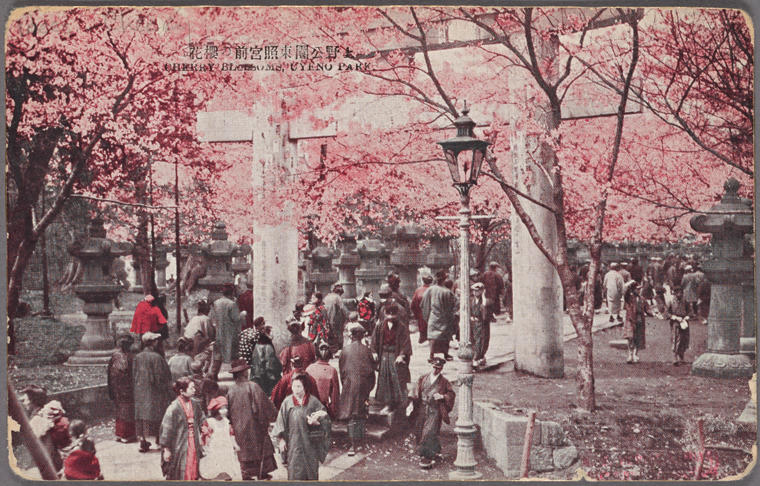The differences among myths, folk tales, fairy tales, and urban legends can be a bit confusing, but understanding the differences matters. Anime pulls from a large pool of Japanese stories, and sometimes anime can be tough to fully understand without a background in these stories. In fact, modern story telling owes their plots, character types, and structure to these stories. Joseph Campbell studied these ancient stories and why they continue to resonate in the modern mind. Although our technology has changed, we haven’t changed in how our minds and bodies develop. Mythology and folk tales focus on the core of what it means to be human. Whereas fairy tales and urban legends reveal concerns of a society or time period. Mythology and folk tales retain many of the same dated concerns, but their themes remain relevant for us. As Campbell states:
So myth has to serve both aims, that of inducting the young person into the life of his world–that’s the function of the folk idea–then disengaging him. The folk idea unshells the elementary idea, which, which guides you to your inward life.
Let’s unpack what Campbell said. The role of myth is to help you take your place in the world and learn how to deal with separation from family and your eventual death. That’s what Campbell means by the idea of disengagement. Folk tales and myth provide maps that guide inner growth. They reveal how actions have consequences and suggest what those consequences could be. These stories are tricky; we often don’t realize how they shape our lives because they create the invisible foundation of the stories that circle around us.Although Christians dislike the idea, many Christians stories are myths. The story of Adam and Eve is a myth, as is the crucifixion of Jesus. We mistakenly think of myths as lies or merely fiction. Myths explain the foundation of what it means to be a person. They influence us in ways we don’t realize by providing a lens to view the world. By saying a story is a myth, you elevate it above fiction. The modern use of the word as a substitute for lie leads to this misconception of myths.
You can’t understand the West without understanding the myth of Adam and Eve and the life and resurrection of Jesus Christ. They are foundation stories that set the ideals of a culture. This is what myth does. Campbell states:
Greek and Latin and biblical literature used to be part of everyone’s education. Now, when these were dropped, a whole tradition of Occidental mythological information was lost. It used to be that these stories were in the minds of people. When the story is on your mind, then you see its relevance to something happening in your own life. It gives you perspective on what’s happening to you. With the loss of that, we’ve really lost something because we don’t have a comparable literature to take its place. These bits of information from ancient times, which have to do with the themes that have supported human life, built civilizations, and informed religions over the millennia, have to do with the deeper inner problems, inner mysteries, inner thresholds of passage, and if you don’t know the guide-signs are long the way, you have to work it out yourself.
Without myths and folk tales, we flounder without a direction. Luckily, Christianity and other religions still teach these stories and modern story-telling methods pull from the well of mythology and folklore. As Campbell points out, without these stories, we lose our abilities to navigate through life. As an anime fan, you need to understand or at least be aware of this in order to better understand the stories you love and how they can act as guides for your life. It helps to see how a story in a manga references a folk tale like Momotaro and Urashima Taro and why they are referenced. You won’t be an expert. I’m not. Luckily, we don’t have to be.
Okay, now we know the importance of understanding these stories and the role, but what are the differences between myth, folk tale, fairy tale, and urban legend? I’ll admit that I get confused at times and can’t pin down which category a story may fall into. But here’s the gist of it:
- Myth. Myths are important stories that reveal the truths that shape human existence and the way a society is. These stories create a lens that people see a world through.
- Folk tales. Folk tales are stories that share common wisdom and concerns. They examine issues between social classes and everyday concerns. These stories are often subversive and based on reality.
- Fairy tales. Fairy tales are folk tales that focus on a single moral and remove social commentary and subversive elements.
- Urban Legends. Fictional stories that speak to modern fears and concerns but without the same moral lessons fairy tales provide.
Folk tales come from the peasant classes of a society, and often tell stories that turn the structure of society on its head. You’ll see samurai bested by farmers, merchants, and women in these stories. Folk tales support and expand on the lessons myths speak about and ground them in everyday stories: tree tales, animal tales, and similar stories. Fairy tales take folk tales and strip out the complexity and social commentary to focus on a single lesson that’s easy to digest. These stories originate in Victorian England and were designed to educate women and children in proper ways to behave. Collections like Grimm’s Fairy Tales contain a mix of fairy tales and folk tales, which adds to the confusion. Folk tales are more complex than fairy tales and contain more than a single moral. Finally, urban legends lack a moral but speak about fears and concerns surrounding technology and modern life. They touch on what happens when technology or current events go awry, but exaggerate the consequences. Fairy tales also tend to exaggerate consequences, unlike most folk stories.
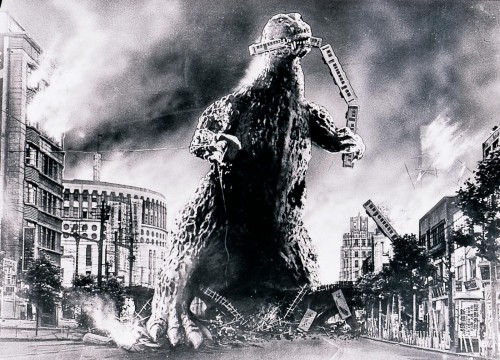
You’ll see all four types of stories in anime and manga. Inuyasha, which is described as a modern fairy tale, uses Japanese myths and folk tales throughout its plot. For many fans, the series provides their first exposure to Japanese stories. Urban legends appear in horror stories. Fairy tales and urban legends transfer between cultures easier than myths and folk tales. They lack the cultural entanglement. As I read Shinto myths and Japanese folklore, I’m often reminded about how different their stories are compared to my Judaeo-Christian tradition, yet when I look through those differences, I see the same messages. But the cultural strangeness of the stories keep them from transferring as easily between cultures. I mean, a tree that grows fruit shaped like infants or human heads? Two frogs from cities and time periods most don’t know details about? That isn’t to say the strangeness is insurmountable. After all, my own tradition is strange from an outside view; Romans considered early Christians as deplorable and even accused them of cannibalism and incest. Luckily, most of us manga/anime fans are accustomed to Japanese strangeness.
You don’t need to understand any of this to enjoy anime and manga, but it certainly helps. Stories have the power to shape our thinking and our lives. Myths and folklore have the most power of all. Don’t confuse the word myth with lie as most people use it. Myths reveal truths about reality and human nature. So too with folklore. Fairy tales and urban legends are useful for basic moral instruction (although they are a bit too conformist) and to entertain, but they lack the complexity and depth of myths and folk tales. If you come across a strange reference in anime and manga, one you don’t understand, look it up. Most likely, it traces to an interesting and rich story.
Reference
Campbell, Joseph (1988). The Power of Myth. London: Anchor Books.
